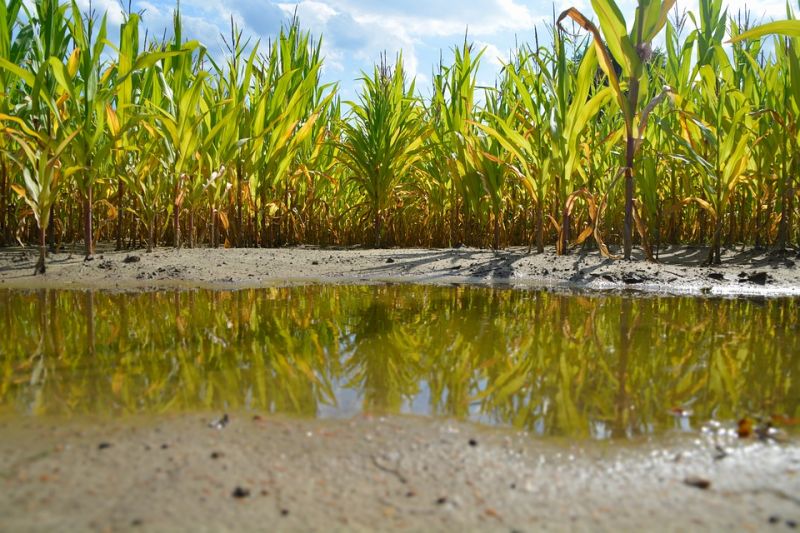An Effective Way to Eliminate Atrazine and its By-products in Surface Water
Published on by Water Network Research, Official research team of The Water Network in Academic
A team of researchers led by INRS professor Patrick Drogui compared various processes used to degrade atrazine, one of the most common pesticides detected in surface water in Quebec.
Atrazine, widely used as a weedkiller, is known to have harmful effects on aquatic wildlife and presents a risk to human health by altering the action of certain hormones.

Image source: Max Pixel
In a study published recently in Water Research, a team of researchers led by INRS professor Patrick Drogui compares various processes used to degrade atrazine, one of the most common pesticides detected in surface water in Quebec.
The team demonstrates that photo-electro-Fenton (PEF), a hybrid process, is particularly effective for removing low concentrations of atrazine and its by-products in surface water sampled from agricultural areas. The study marks the first use of PEF in these conditions.
The researchers used a combination of electrochemical, photochemical, and photoelectrochemical processes together in a single reactor.
The results were conclusive: over 99% of the atrazine was eliminated after 15 minutes of treatment. After 45 minutes of treatment, the by-products were all in concentrations lower than the detection limit in synthetic samples. In surface water, anywhere from 96% to 100% of the by-products were eliminated. The team was even able to observe each phase of degradation for the atrazine by-products.
As coauthor of this study, Professor Patrick Drogui explains, "These days, the challenge is to develop low cost industrial technologies that can be used to treat large volumes of water and simultaneously remove micropollutants like pesticides and their metabolites, which can be more toxic than the original compounds."
Although PEF is a clean, effective technology, it will take some more work to combine it with a biological treatment process in a water treatment plant and make it more energy efficient. Further research is needed to get a better understanding of how the atrazine degradation mechanisms identified in the study function in the presence of organic matter.
Read full article: Eurek Alert
Media
Taxonomy
- Agriculture
- Decontamination
- Decontamination
- Policy
- Agriculture
- Contaminant Removal
- Governance & Policy
- Agriculture